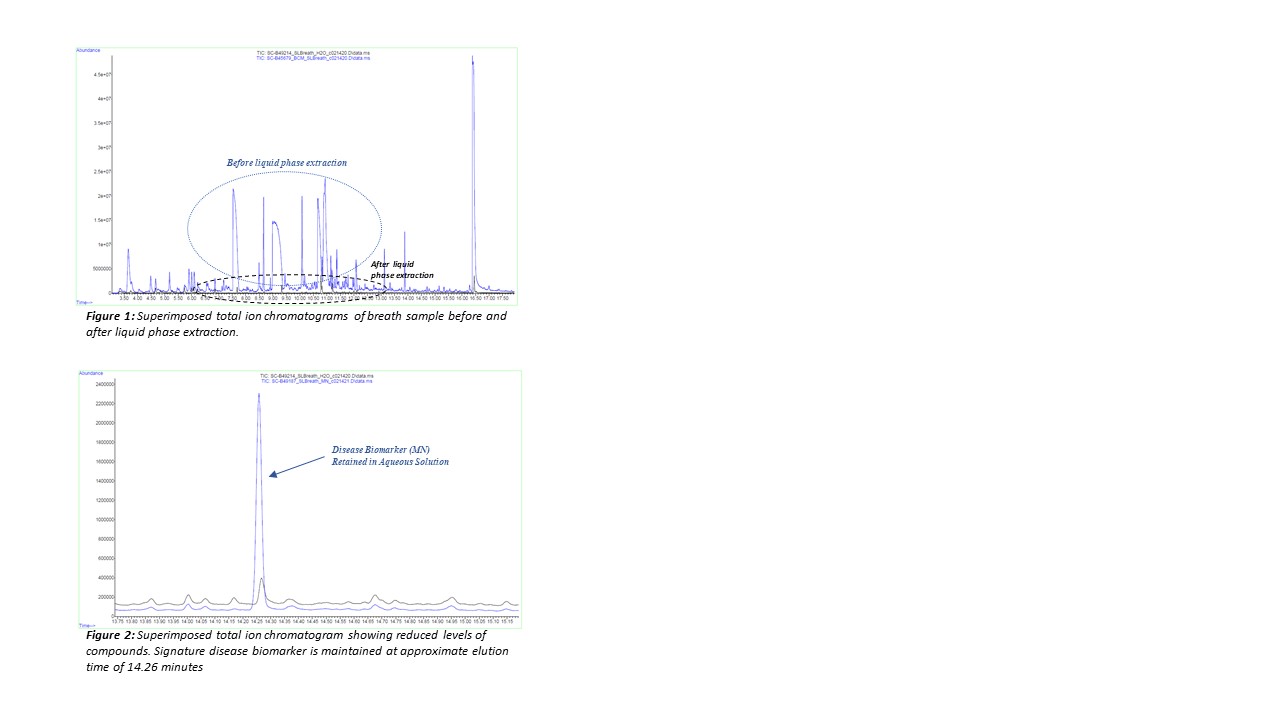(118a) Design of Gas-Liquid Transfer Apparatus for Concentration and Detection of Water Soluble Tuberculosis Associated Volatile Organic Compounds.
AIChE Annual Meeting
2020
2020 Virtual AIChE Annual Meeting
Topical Conference: Chemical Engineers in Medicine
Chemical Engineering Principles Advancing Medicine
Monday, November 16, 2020 - 8:00am to 8:15am
One of the principle issues with using breath profiles for diagnosis is that breath samples contain a complex array of more volatile and reactive compounds that often confound the discovery of relevant diagnostic biomarkers. Additionally, there are significant design challenges that make maintaining consistent sampling procedures and sample storage difficult. This consistency is essential for results comparison across samples.
With these issues in mind, a method of gas to liquid sample transfer is needed that provides consistent sampling results, improves sample stability during storage, enables the use of well-established electrochemistry techniques and produces a simpler, clearer breath profile with many of the more volatile, confounding VOCs removed. Preliminary data showing the effectiveness of this method can be seen in figure 1 shown below. While confounding VOCs were removed, the signature biomarker needed for disease diagnosis was still present; enabling clear identification as seen in figure 2. Details showing the apparatus for processing breath and results will be presented. 
